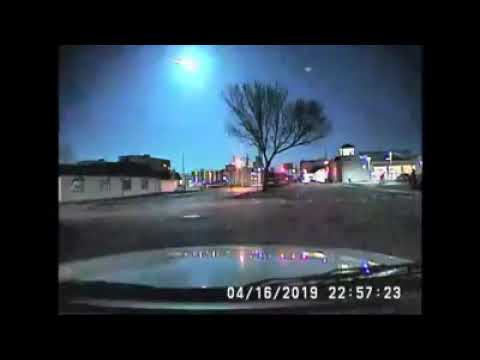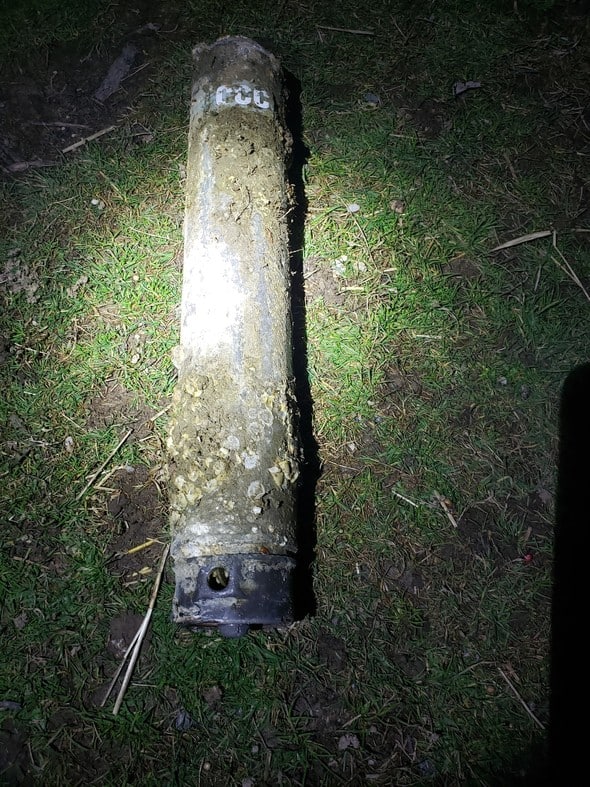People in 12 states around the Mid-Atlantic coast reported seeing a meteor streak across the sky Tuesday night— and some even caught it on video.
The American Meteor Society (AMS) received 325 reports of a green fireball that lit up the night at 10:57 p.m., from folks in Washington DC, Delaware, Massachusetts, Maryland, North Carolina, New Hampshire, New Jersey, Pennsylvania, South Carolina, Virginia, Vermont and West Virginia.
AMS says the reports indicate that the fireball— an especially bright meteor— “traveled from north to south and ended its flight in the Atlantic Ocean in front of Bethany Beach, DE. It means that if anything survived, it’s in the water.”
AMS compiled a series of videos that captured the meteor, and another meteor spotted over Germany the very same night. To see different views of the Delaware fireball, skip ahead and start the video at 0:11. Watch below:
An Ocean City Police Department patrol car’s dash cam even caught the meteor. OCPD posted the footage captured by Pfc. Nathan Kutz’s dash cam on Facebook.
OCPD captioned the video, “You don’t see that often!” And according to scientists, the police department is correct. Even though AMS says several thousand meteors of fireball magnitude happen each day, the vast majority aren’t spotted. Many happen “over the oceans and uninhabited regions, and a good many are masked by daylight.”
A fireball is measured as a meteor that is brighter than the planet Venus. The brighter the fireball, the more rare the occurrence.
“Sightings like this of such a bright meteor are relatively rare,” explains Jim O’Leary, senior scientist at the Maryland Science Center in Baltimore. “In all my years, I’ve seen one as bright as the one that appeared on this dashcam video.”
The fireball took place during the Lyrid meteor shower, which is still going on until about April 26, according to O’Leary. It’s expected to peak the morning of April 23, so if you missed this one, you have a few more stargazing opportunities.
Is a bright fireball like this one something to be afraid of, Bay Bulletin wanted to know? We asked O’Leary, if the fireball had ended its flight on land, instead of in the ocean, would it have been destructive?
Not very, O’Leary tells us. Incredibly, it was likely much smaller than we’d imagine.
”This meteor was probably only the size of a sugar cube, believe it or not. It doesn’t take much size for it to light up the night sky since it’s going so fast, often 40,000-50,000 mph. Friction with the atmosphere incinerates it and produces quite the light show.“
-Meg Walburn Viviano




